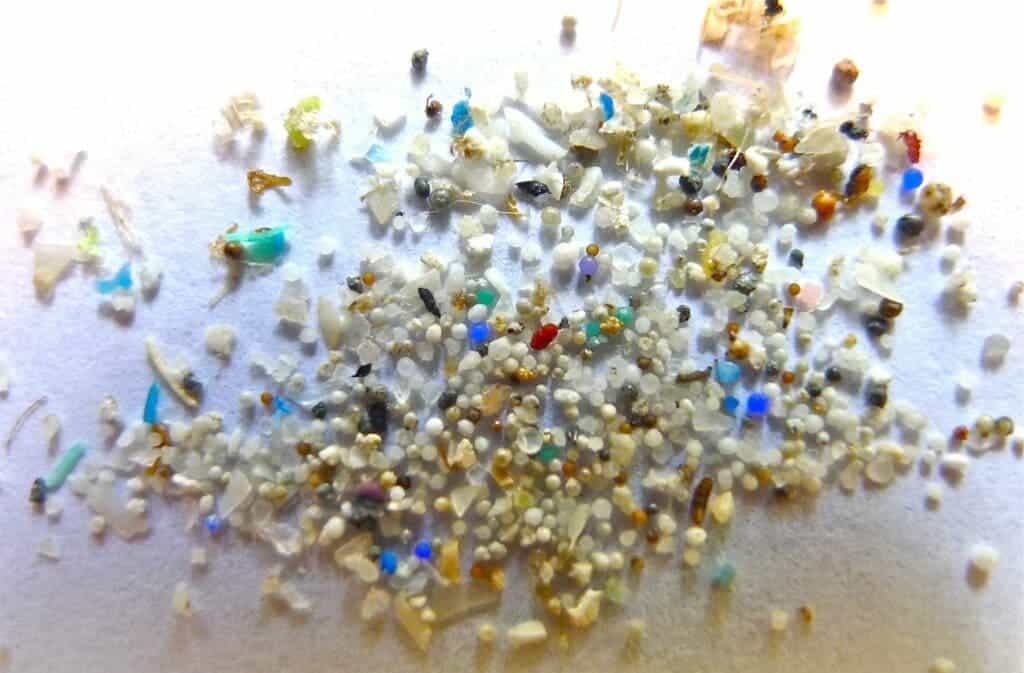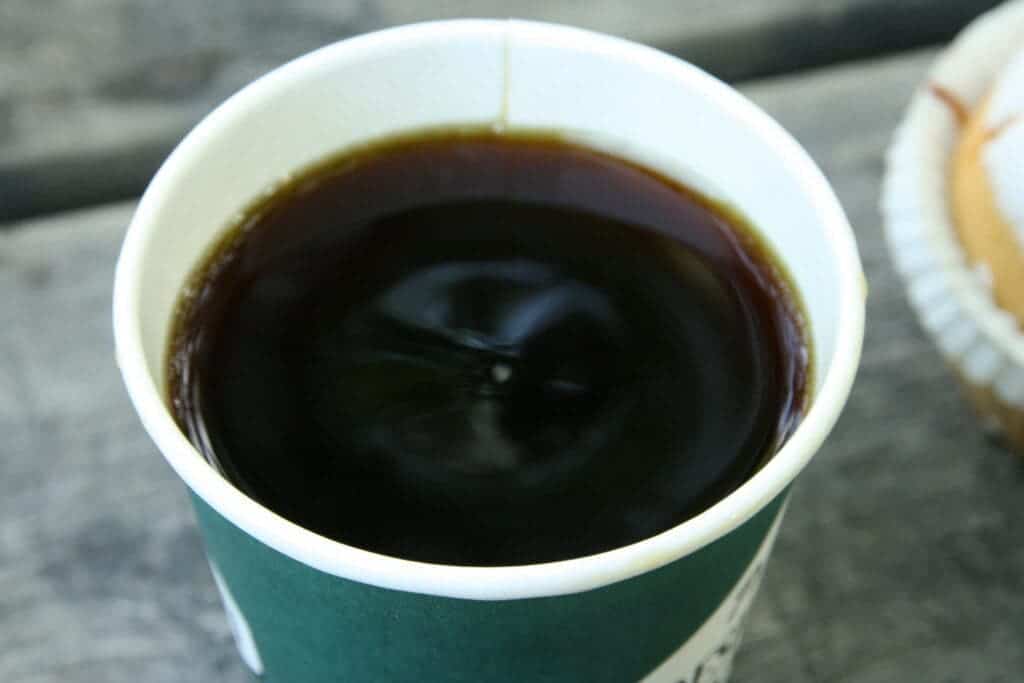Millions of tons of plastic enter marine and terrestrial ecosystems every year, and quantities are expected to increase in the coming years. Over time, plastic items can break down into smaller pieces, known as microplastics. They can be the size of a rice grain or even smaller, making them easy to be ingested by sea creatures. These very small pieces take centuries or more to truly go away.

These very small pieces of plastic are literally all over the place, even in some of the world’s most seemingly inaccessible regions. They’re in the oceans, inside animals, even inside you. Scientists are frequently finding them in the most remote regions of the world such as the chilling Arctic sea. Studies have shown we are actually eating tons of them, about 70,000 microplastic particles every year.
However, it seems like the more we learn about microplastics, the more questions arise. Their effects on marine life and even on humans aren’t fully clear yet, with researchers trying to get a better idea with further studies. In the meantime, here are some surprising facts about microplastics that we have recently learned.
1. Microplastics are all over the seafloor
The world’s seafloor is filled with over 14 million tons of microplastics, broken down from the masses of rubbish entering the oceans every year, according to a study. It’s the first global estimate of sea-floor microplastics and the amount registered is 25 times greater than that shown by previous localized studies.
The researchers used a robotic submarine to collect samples of deep-sea sediments up to 3,000 meters (9,800 feet) deep from six sites in the Great Australian Bight, 380 kilometers off the coast. They analyzed 51 samples and found an average of 1.26 microplastic pieces per gram of sediment, much more than previous studies.
2. Washing clothes is releasing microplastics into the environment
Researchers found that nearly three-quarters of the microplastics in the Arctic seawater were polyester fibers, which are most likely coming from textiles manufacturing and household laundry. They gathered near-surface seawater samples from a 19,000-kilometer section from the city of Tromso in Norway to the North Pole.
The researchers looked at samples up to a depth of around 1,000 meters. All had microplastics except one, which shows the extent of the problem. Synthetic fibers accounted for 92% of plastic pollution. Of this, 73% was polyester, which resembles the dimensions and chemical identities of synthetic textiles, the researchers argued.
3. They’re everywhere: from the deep oceans to Everest
Microplastics are associated with ocean pollution, but a study showed that the tiny plastic fragments are literally everywhere, including the summit of the highest mountain on Earth. Researchers analyzed snow and stream samples from Mount Everest, finding the first evidence of microplastic pollution on a mountain.
The research revealed significant quantities of polyester, acrylic, nylon, and polypropylene fibers. It’s no coincidence that the same materials are embedded in the outdoor clothing climbers use, as well as tents and climbing ropes. The highest concentration of microplastics was found around Base Camp, an area at the foot of Mt. Everest.
4. Your coffee comes with a side of microplastics
A study found that plastic cups might be leaking microplastics into your coffee or tea. An average person drinking three regular cups of tea or coffee daily, in a paper cup, would be ingesting 75,000 tiny microplastic particles. Disposable paper cups are made of 90–95% paper, and the remaining is a hydrophobic plastic film.
The researchers poured hot water into the disposable paper cups and allowed it to sit for 15 minutes. The water was then analyzed for the presence of microplastics as well as additional ions that may have leached into the liquid from the paper cup. They also looked at the changes experienced in the properties of the plastic films of the cup.

5. They’re even in the sea breeze
A study suggests that plastic particles can transfer from seawater to the atmosphere and get carried away by the breeze. Researchers found fragments of plastics in sea spray, suggesting that they are ejected from the seawater in the form of “bubbles.” They captured water droplets from sea spray at Mimizan beach in Aquitaine, using a “cloud catcher.”
The microplastics in sea spray ranged between 5 and 140 micrometers in size. The researchers estimated that up to 136,000 tons of microplastics could be blown onshore by sea spray every year. This microplastic is the result of mismanaged waste that comes from the terrestrial environment.
6. Researchers found microplastics in the placentas of unborn babies
It’s a true testament that microplastics really are everywhere. Plastic particles were found in the placentas from four healthy women who had normal pregnancies and births, a study showed. Only about 4% of each placenta was analyzed, however, suggesting that the total number of microplastics could actually be much higher.
While the health impact of the microplastics in the body is still unknown, the researchers believe the particles could bring dangerous chemicals into the body – leading to long-term damage or upsetting the fetus’s developing immune system. The particles are likely to have been consumed or breathed in by the mothers, the researchers argued.
7. The US and the UK, largely behind pollution
Not every country produces the same level of plastic pollution — per capita, the US and the UK are producing more plastic waste per person than any other major country, according to a study. The researchers found the US produces the most plastic waste in total and its citizens rank as high as third in the world in contributing to plastic pollution.
Using data from 2016, the latest available, the study found more than half of the plastic collected for recycling in the US was shipped abroad, mostly to countries already struggling to manage plastic waste effectively. The researchers said years of exporting had masked the US’s enormous contribution to plastic pollution, calling for larger efforts by the US.
8. A crustacean could break down microplastics in days
A small crustacean from Ireland was found to fragment plastics into tiny particles in just a matter of days, much faster than previously estimated, a study showed. This highlights the potential of freshwater and marine species to rapidly fragment microplastics and offers a potential solution to this plastic crisis.
Researchers at the University College Cork in Ireland found that a “very common” crustacean, called Gammarus duebeni, which can be found on Irish streams, can break down microplastics (smaller than 5 mm) in less than 100 hours and turn them into nanoplastics — pieces that measure less than one micrometer. However, it’s still unclear whether this has any significance for microplastics at a planetary scale.

9. Microplastics are polluting agricultural land
Microplastics are contaminating agricultural land as well as the oceans, affecting the interaction between the soil and the plants, according to a recent study. The amount varied according to the agricultural practice used by the farmers and probably affects all soil organisms. Soils from outside and inside a greenhouse had the largest amount.
The potential sources of microplastics in the agricultural environments include sewage sludge, compost, irrigation of wastewater, road runoff, atmospheric deposition, and plastics in agricultural practice. Microplastic can also come from organic fertilizer from biowaste. Between 107,000 to 730,000 tons of microplastics are dumped onto agricultural soils in the U.S. and Europe every year, previous studies showed.
10. Like clams? You’re probably eating plastics too
Seriously, there’s no escaping microplastics, at least not at our current polluting behavior. Researchers from Portland State University in the US looked at the concentration of microplastic in razor clams collected from eight beaches in the Olympic National Park in Washington, after surveying clam harvesters. Then, they estimated the annual microplastic exposure of those eating them.
During the study, the researchers found 799 suspected microplastics in 138 clam samples, 99% of which were microfibers. Each clam had seven pieces of plastic each on average. Those obtained from the Kalaloch Beach, the northernmost site, had significantly more microplastics than clams from the other seven sites.


